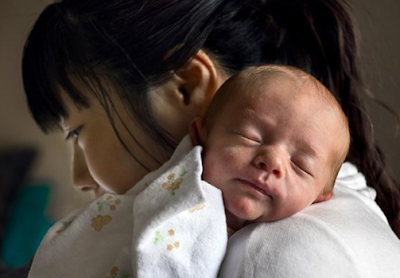Cerebral palsy (CP) is a disorder that affects muscle tone, movement, and
motor skills usually caused by brain damage before, or during a child's birth,
as well as in its developmental years. CP is a non-degenerative condition that
affects about three children per 1,000 births, and currently there is no cure.
The effects of CP can be as mild as a minor limp, but the worst cases usually
include paralysis of the legs or hands, speech impairment, and sometimes mental
retardation. However, many people live successful lives with this condition,
spreading awareness about living well with CP.
If one child in a family had cerebral palsy, full siblings who were born
later had a six to nine times increased risk, and half siblings had up to a
three times increased risk. Children born to parents with cerebral palsy were
6.5 times more likely to have the condition than those born to unaffected
parents.
Even first cousins of people with cerebral palsy had a 1.5 times increased
risk, according to the findings in The BMJ. It's the first study to examine
cerebral palsy over such a wide range of family links.
"Our data suggest that cerebral palsy includes a genetic component, with a
stronger recurrence among relatives with closer genetic relationship," the
researchers wrote.
When a child is born with cerebral palsy, parents want to know whether they
did anything to cause the condition, and whether it may recur in other children
or grandchildren, pediatrician Dr. Peter Rosenbaum wrote in an accompanying
commentary.
He noted that the search for the causes of cerebral palsy is "far from over,"
but added that even family members with a 15 times increased risk have a small
actual risk of the condition.
"This information should provide some reassurance to families in which
cerebral palsy is already present," Rosenbaum concluded.


No comments:
Post a Comment